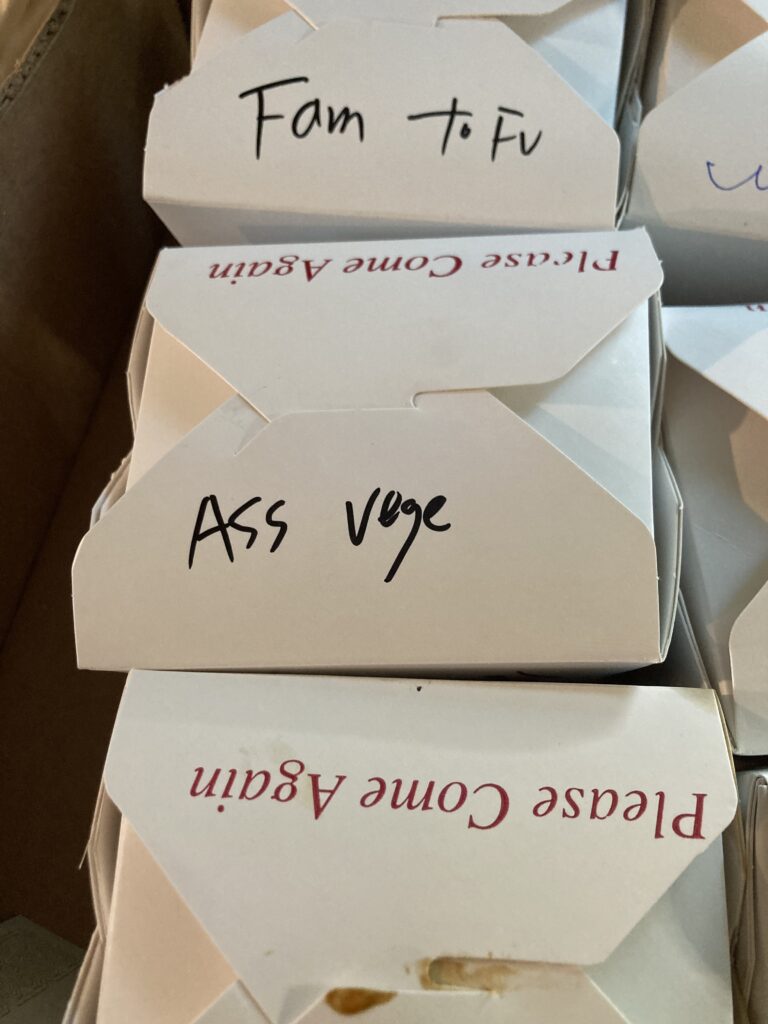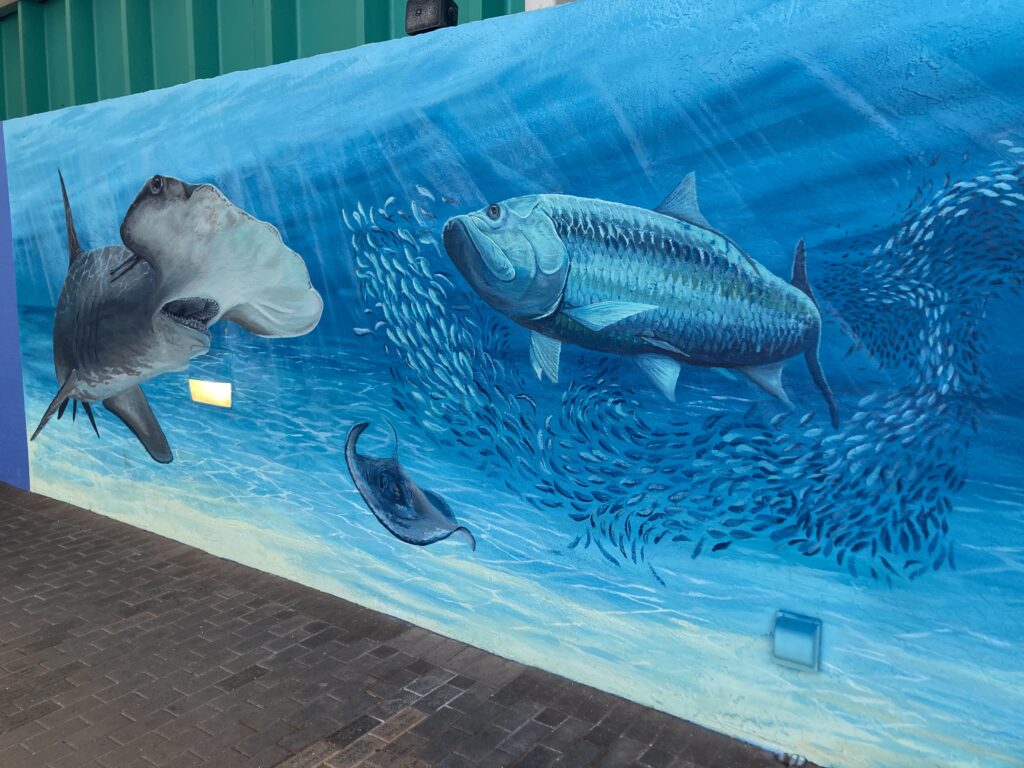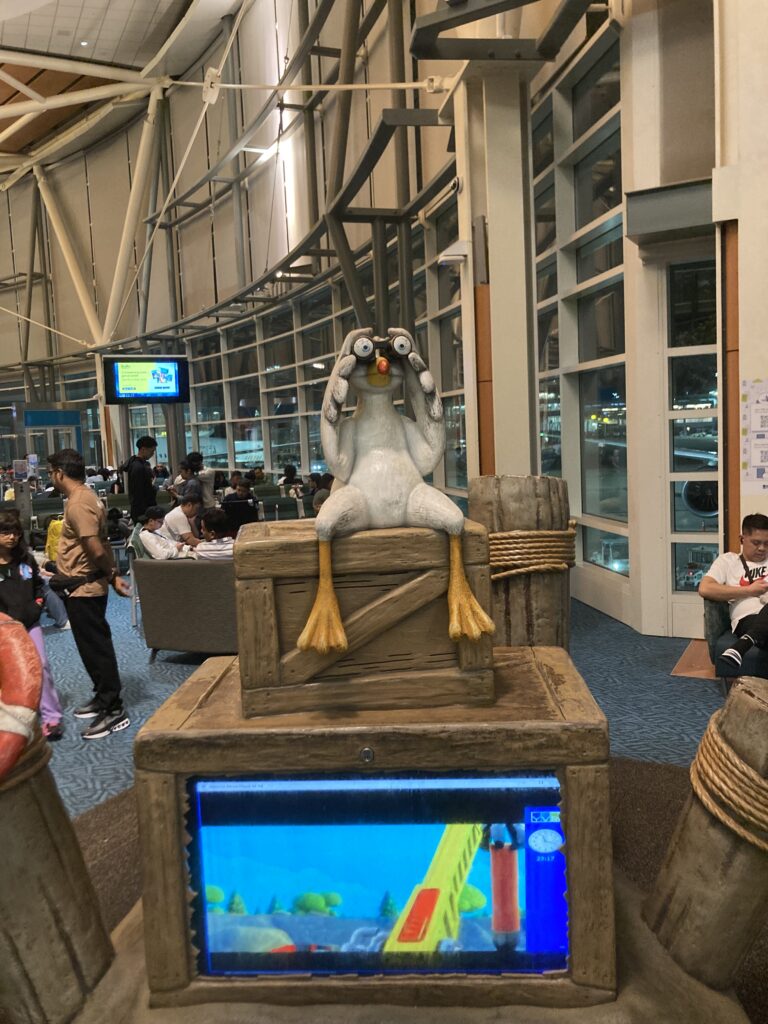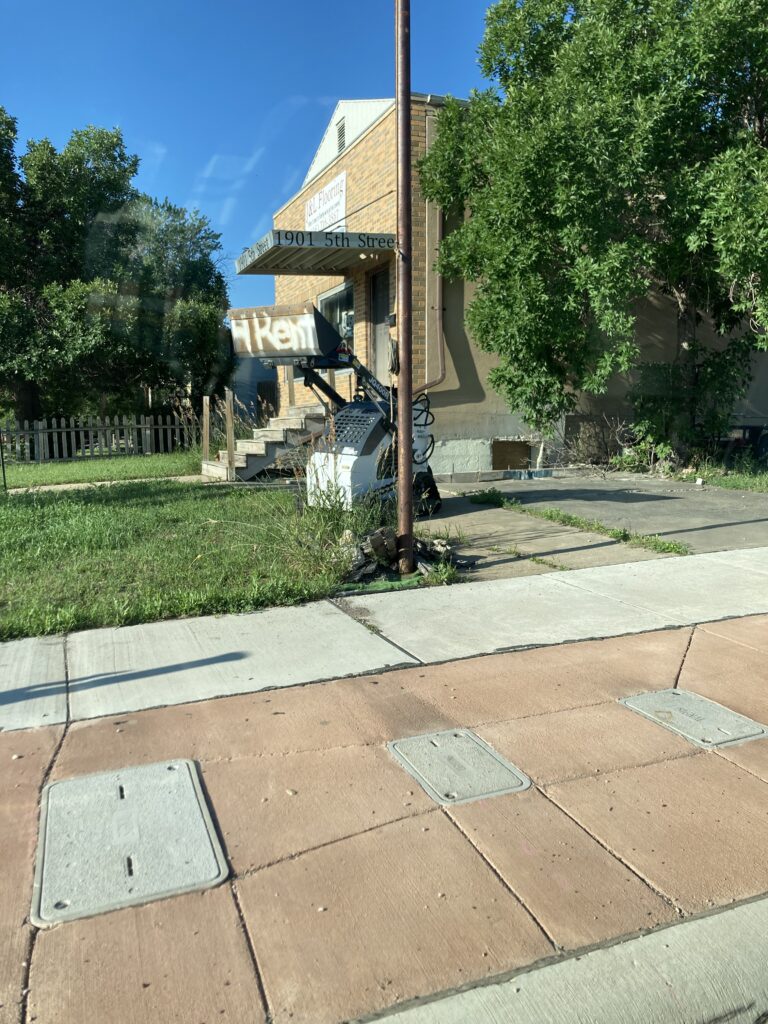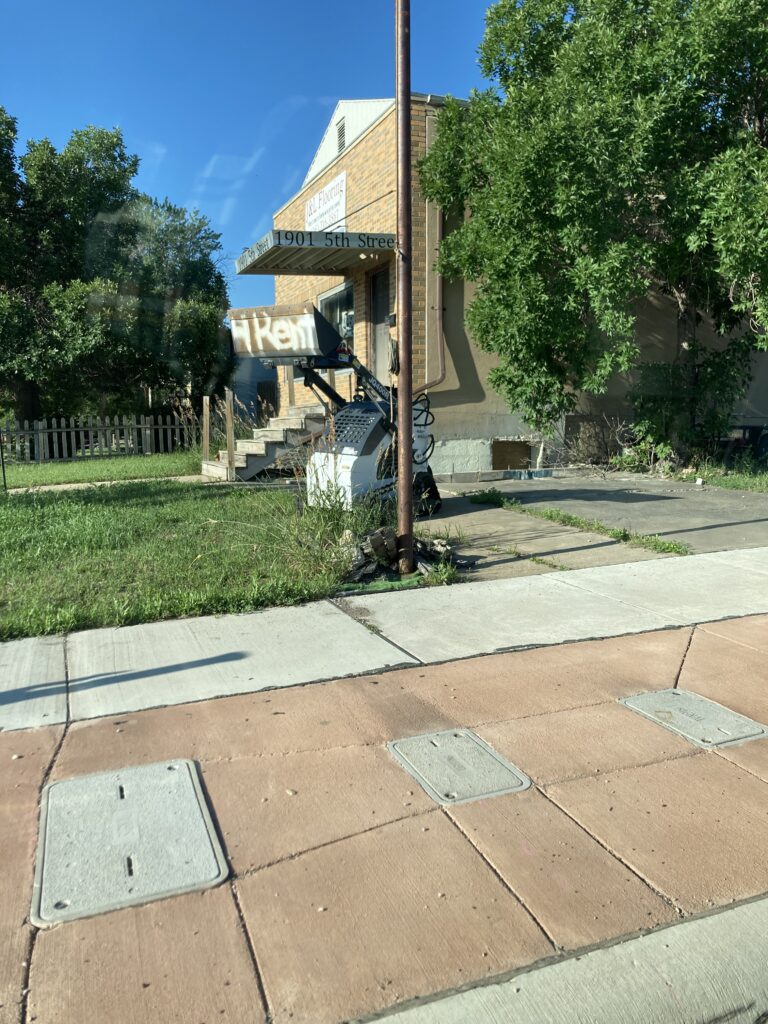‘The Wayside is often accidentally cruel if one allows that cruelty as a byproduct (rather than the aim) qualifies as an accident. When it kills- and it does kill- it usually does so with the same backward grimace a driver wears, having accidentally struck a rabbit on the highway. There is a glimmer of guilt that doesn’t quite and will never manifest as a real action item. The driver will continue to drive (then and likely for the rest of their lives). They have places to be. The rabbit is a sad, but perhaps inevitable casualty in the sort of accident that must happen all the time.
So, too, does the Wayside kill.
‘The Quarter Stealing Arcade’ is an exception to the rule. Founded, as is often the case, without any clear intention, ‘The Quarter Stealing Arcade’ is a labyrinth of rare and beloved game cabinets and pinball tables. The inside is hyper-lit and noisy, a casino atmosphere with a deep popcorn scent. There are no entrance fees. No membership tiers. Patrons are encouraged to engage with the machines, assuming they respect their age and value.
But none of the machines work.
Or.
They all almost do.
Every game in ‘The Quarter Stealing Arcade’ is broken in such a way that it will steal the quarters of its patrons. Some encourage players by counting inserted coins but refusing to move beyond the introductory screen. Others simply fail to acknowledge all monetary input. It took some time for the public to understand that this is true of every single machine in the shop- that the name was not a reference to the addictive nature of arcade gaming in general- that the hardline ‘no refunds’ policy was not due to the fallrate of aging machinery.
No, the owners prefer the machines the way they are. They have gone on record to state that, while some of the machines have been refurbished to near-operational, others have been purchased new and sabotaged in such a way that they will no longer function. This includes four cabinet games and one pinball machine that can be played nowhere else on earth.
The owners refuse to say why they’ve devoted their life to this endeavor, alluding only to the fact that ‘The Quarter Stealing Arcade’ turns a decent profit. Regulars come for the popcorn and claim the experience is equivalent to prodding one’s split lip with their tongue. Sometimes we are simply drawn to familiar pains.’
-an excerpt, Autumn by the Wayside

